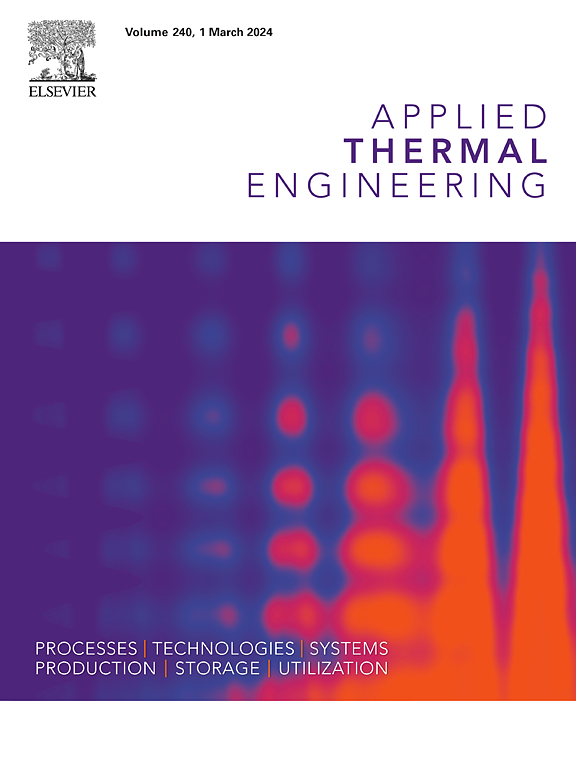Investigations on the thermal properties and thermal adaptability of binary double-peak phase change materials for battery thermal management
IF 6.9
2区 工程技术
Q2 ENERGY & FUELS
引用次数: 0
Abstract
Phase change material (PCM) cooling technology, characterised by a simple system, low cost, and low energy consumption, is regarded as a promising approach for battery thermal management systems (BTMS). However, the application of the conventional single-peak PCMs has been limited due to the narrow melting temperature range and poor adaptability to variable ambient conditions. To address this limitation, this study proposes a strategy to improve the adaptability of BTMS by using binary double-peak phase change materials with a wide transformation temperature range. The thermal storage characteristics of double-peak PCMs were systematically evaluated. Results show that the first endothermic peak originates from the melting of the eutectic structure, whereas the second corresponds to the melting of the remaining component. An enthalpy prediction model was established, achieving a prediction error of less than 5 % across three representative series. Thermal simulations demonstrated that double-peak PCMs offers improved adaptability to varying thermal generation rates and ambient temperatures. Compared to conventional single-peak PCMs, double-peak PCMs more effectively regulated battery temperature, maintaining it below 60 °C even under extreme ambient conditions (50 °C). These findings indicate that the proposed strategy enhances BTMS adaptability and has strong potential for practical application.
电池热管理用二元双峰相变材料的热性能及热适应性研究
相变材料(PCM)冷却技术系统简单,成本低,能耗低,被认为是电池热管理系统(BTMS)的一种有前途的方法。然而,传统的单峰PCMs由于其熔化温度范围窄,对多变环境条件的适应性差,限制了其应用。针对这一局限性,本研究提出了一种利用宽相变温度范围的二元双峰相变材料来提高BTMS适应性的策略。系统地评价了双峰相变材料的蓄热特性。结果表明,第一个吸热峰来自共晶结构的熔化,而第二个吸热峰对应于剩余组分的熔化。建立了焓预测模型,三个代表性序列的预测误差均小于5%。热模拟表明,双峰PCMs对不同的产热率和环境温度具有更好的适应性。与传统的单峰pcm相比,双峰pcm更有效地调节电池温度,即使在极端环境条件下(50°C)也能将电池温度保持在60°C以下。上述结果表明,该策略增强了BTMS的适应性,具有较强的实际应用潜力。
本文章由计算机程序翻译,如有差异,请以英文原文为准。
求助全文
约1分钟内获得全文
求助全文
来源期刊

Applied Thermal Engineering
工程技术-工程:机械
CiteScore
11.30
自引率
15.60%
发文量
1474
审稿时长
57 days
期刊介绍:
Applied Thermal Engineering disseminates novel research related to the design, development and demonstration of components, devices, equipment, technologies and systems involving thermal processes for the production, storage, utilization and conservation of energy, with a focus on engineering application.
The journal publishes high-quality and high-impact Original Research Articles, Review Articles, Short Communications and Letters to the Editor on cutting-edge innovations in research, and recent advances or issues of interest to the thermal engineering community.
 求助内容:
求助内容: 应助结果提醒方式:
应助结果提醒方式:


